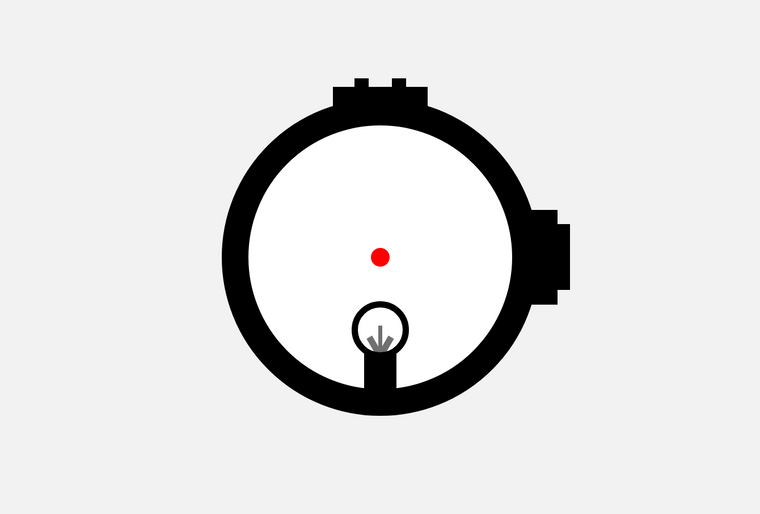Lower Third vs Absolute Co-Witness: Best Rifle Sight Configurations
Posted by Warrior Poet Society on May 2nd 2024
When it comes to setting up your rifle sights, you want to align your optics for both speed and precision. Which configuration gives you the best of both worlds? Lower third or absolute co-witness? Let's talk about it.
Depending on how you were trained and who taught you in the setting of tactical optics, you might swear by one or the other--the lower third setup on your rifle sights or the absolute co-witness configuration. Some of it comes down to personal preference or conditioning. There are certainly advantages to both.
The Absolute Co-Witness Rifle Sight Configuration
What exactly is the Absolute Co-Witness? Essentially, in this configuration, your red dot optic is set at the same height as your rifle's iron sights. The red dot should line up with your rear and front sights.
With the absolute co-witness configuration there's an advantage when it comes to your zeroing process. The configuration makes it easier for that application, especially when you're zeroing your red dot optics.
You take one red dot sight off and put another on, and the red dot should line up between your iron sights and you're good to go.
For this reason, and others, some people really just like that straight line. So if you're used to the more straight-line linear approach with your red dot, you might decide to stay with your old tried-and-true approach and equipment.
A lot of really accomplished tactical shooters use this configuration and there's nothing wrong with that.
The Lower Third Rifle Sight Configuration
I really like lower third for a variety of reasons. Let me tell you why.
First, I don't like unnecessary visual distractions. Red dots are designed for the kind of simplicity I prefer. You should be able to use your red dot sights without needing to align them with your rifle's front sights.
What you see is what you get when you pull the trigger.
In tactical scenarios as I'm moving around and changing positions, the red dot isn't going to line up perfectly with my front sights, and I don't want to waste those milliseconds trying to line things up before pulling the trigger.
The lower third sights just allow me to place the red dot and fire without thinking about other components. In lower third I don't have that temptation.
Maybe I'm just a little too particular, but having to deal with all that lining up would be maddening.
Second, lower third increases my field of view. It just does.
Third, it's more ergonomic. I've got a neck. Most people do. I find that absolute co-witness means I've got to bring my sights up higher than my shoulder, and I really like to be able to have a more intuitive, natural, ergonomic approach. The less I have to raise my shoulder, the less fatigue I'll experience.
Keeping your shoulder shrugged, especially with gear and armor on, is going to wear you out unnecessarily.
So for me, it's lower third all the way. It's faster. It's intuitive. It works with the way my body's put together, and it frees me from visual distraction.
If you swear by the absolute configuration and that's what works for you, stick with it. Not matter what you choose, have a good reason. Then train.
Train Hard. Train Smart. Live Free.

